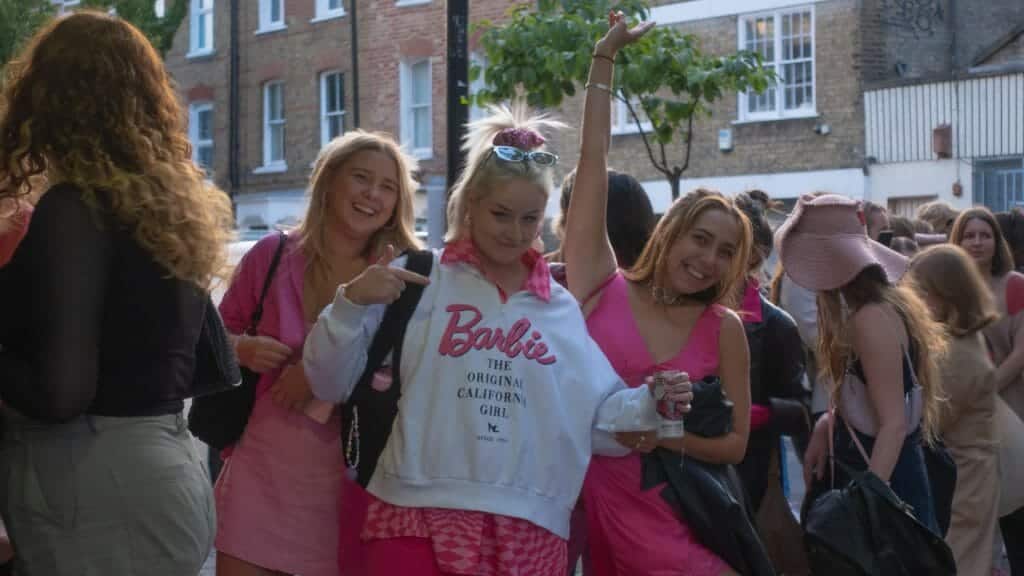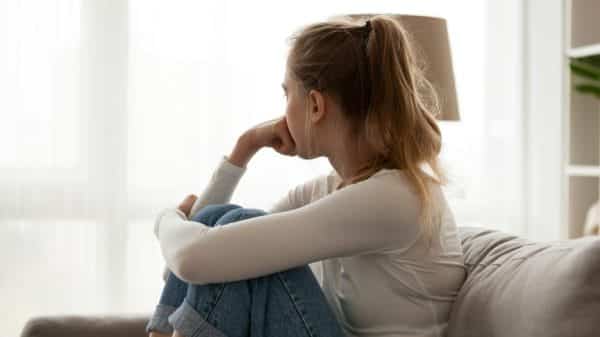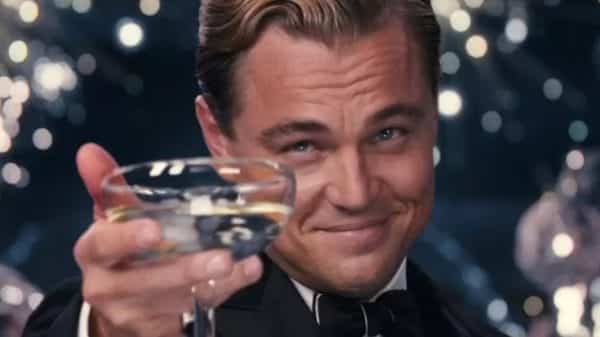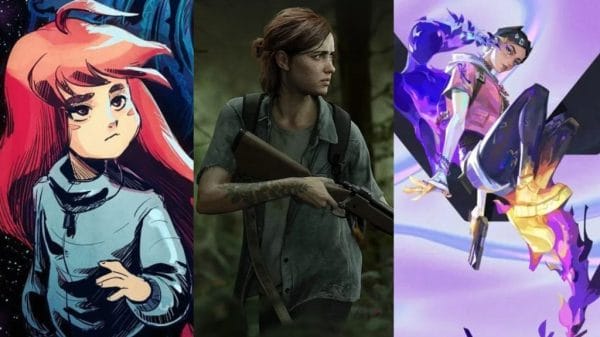In the past year or so, there has been perhaps more celebration of girlhood than ever before. Never before have so many women or girls celebrated finding a community that, in their earliest adolescence, wore glittery butterfly wings and pretended to be mermaids or fairies, such as in confirmed Girlhood media such as Barbie: Fairytopia and the late 2010s Tinkerbell series, Aquamarine, and H2O come to mind.
Reclaiming Barbie: Margot Robbie’s Iconic Role and the Weird Barbie Rebellion
One can easily deduce why the boom of the Girl may have occurred by looking closer. Greta Gerwig’s Academy Award-nominated Barbie (2023) reclaimed a doll previously criticized for upholding or even creating impossible beauty standards. It paid homage to the Weird Barbie, a certain hodge-podge doll that nearly anyone who owned Barbies could conceptualize. Weird Barbie was many a woman’s first exercise in rebellion and self-expression, a rejection of the perfection the Barbie represented.
Girlhood on Screen: Sofia Coppola’s Artistic Vision
And then along came Sofia Coppola, respected auteur of Girlhood, with Priscilla (2023). It’s a tale detailing Priscilla Presley’s journey from Priscilla Beaulieu, a “shy, pretty, little girl, unhappily accustomed to moving from base to base every two or three years” to becoming the iconic beauty queen whose aesthetic has inspired thousands, Lana Del Rey among the many.
In Coppola fashion, the film is shrouded in pastels, contrasting with the very not-soft reality of a teenage girl’s situation. That is, plucked from obscurity by the most distinguished, most lusted-after man in the world ten years her senior, and thrust into the world of unrelenting fame, all while being confined to a gilded cage.
While the particular situation might be relatable to few, Priscilla’s loneliness as conveyed through longing looks to a world beyond Graceland’s wide windows while she essentially attempts to stretch out of girlhood and fit into a woman’s shoes, is relatable to many. She’s entirely in over her head and forced to immediately grow up well beyond her years, something found to be nearly universally relatable to women and girls around the globe.
This is a common theme in Coppola’s work: a girl, always white, romantically wallows in her own loneliness. She battles being a girl entering womanhood before she’s entirely ready, whether it be in Versailles, the streets of Tokyo, or a suburb in Michigan.
:format(webp)/cdn.vox-cdn.com/uploads/chorus_image/image/72850846/priscilla3.0.jpg)
Expanding the Narrative: Beyond Male Universality
The romanticization of this sort of suffering is by no means exclusive to the Girl. Men have been lonely and made countless films and music about their loneliness, considering that these feelings, along with those of being misunderstood, are and of themselves very much universal, and for a good while, the male experience (in the utmost general sense) was considered the universal experience.
It is only in more recent years that feminine suffering has become more mainstream (and in a word, more commodified) with not only Coppola’s filmography but with songs such as Lana Del Rey’s “Sad Girl” and “Cinnamon Girl”, as well as Fiona Apple’s 90s hit “Sullen Girl”. Of course, these songs do not reduce the artists to their sex or gender, but their femininity indisputably plays a factor in how they depict their own downtrodden feelings. Feminine suffering is perhaps entirely unique, especially given the (recently especially) fraught nature of existing as a girl or woman in the Western political sphere. This would naturally mean that feminine joy is also entirely unique, as well as feminine joy, angst, rage, etc., and media, particularly films and music, supports this claim.
In the 1980s hit “Girls Just Wanna Have Fun”, Cyndi Lauper wails that she wants to “walk in the sun” and in Shania Twain’s “Man! I Feel Like A Woman!”, it’s a woman’s “prerogative to have a little fun.” This, in Twain’s case, sort of perhaps politically-charged lyricism can also be found in No Doubt’s tongue-in-cheek “Just A Girl” in which Gwen Stefani warbles, “Oh, I’m just a girl, all pretty and petite / So don’t let me have any rights” and finally, “I’m just a girl / That’s all that you’ll let me be.”
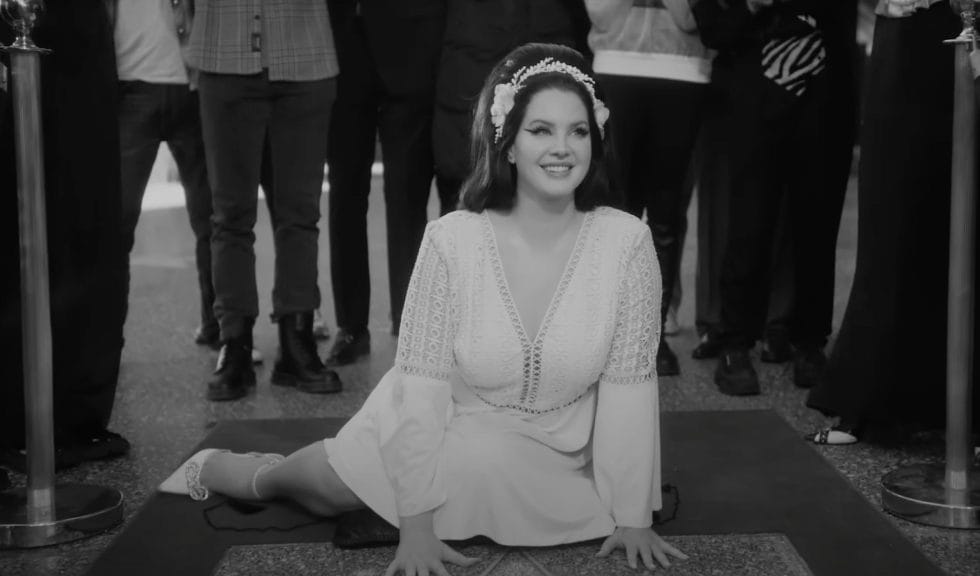
Portraying the Spectrum of Female Emotions in Film
These emotions – ones outside of suffering and melancholy – are also not exempt from depiction in film. There’s joy and adventure in Robert Luketic’s Legally Blonde (2001) and Ridley Scott’s Thelma and Louise (1991). Rage in films such as Karyn Kusama’s cult-classic Jennifer’s Body (2009) and David Fincher’s Gone Girl (2014). Angst in Greta Gerwig’s Lady Bird (2017) and Kelly Fremon Craig’s The Edge of Seventeen (2016).
So, let’s say there’s a natural camaraderie between the girls of the world, or at least there are grounds in which all girls – and women – can relate to one another; suffering, angst, pining, joy, the desire to enjoy oneself. But what does that look like for all girls? Is girlhood one-size-fits-all? Do two girls existing in entirely different environments, subject to entirely different circumstances, experience the same kind of girlhood? As for representation, it seems that the majority of our widely distributed and mainstream representations of girlhood, and that of a girl becoming a woman, are led by women who come from largely similar backgrounds and on a surface and world level as one another. They may appear physically similar, too. Again, white and either middle or upper class.
Questioning Universality: The Diverse Experiences of Girlhood
This does not whatsoever discredit these artists and their work. It doesn’t take away from how they have (or haven’t) succeeded in their mission of contributing to young women’s catharsis if that even was their mission at all. It’s entirely possible that the women who created this work did not mean to serve some communal purpose. Perhaps it was a singular addition to the auteur’s catalog. This also does not insinuate that their work is unimportant to them. It suggests that they may not have considered the implications of it and what it “means” on a more micro (or macro?) scale. But, of course, this does not exempt them and their work from analysis, either.
Exploring Audience Responsibility in Media Consumption
Or perhaps our consumption of media made by or with a very singular type of protagonist is our own responsibility. Especially when, in film, there is no shortage of movies depicting the highs and lows that come with girlhood. Patricia Cardoso’s Real Women Have Curves (2002) depicts a first-generation Mexican-American girl who, similar to Gerwig’s protagonist in Lady Bird, has a volatile relationship with her mother and ventures tentatively into her future as young women do. But the film, though critically acclaimed, did not receive nearly as much accolades or recognition as Gerwig’s film. Perhaps this could be attributed to the year in which it came out (2002, which is, funnily enough, the same year in which Lady Bird takes place).
The films seem too unique in their own rights to charge Gerwig, whose film is largely biographical, with plagiarism. It’s possible that these experiences – anxiety over one’s future, butting heads with one’s mother – really are universal. However, the protagonists’ experiences differ largely due to factors such as their size and their ethnicities. It also seems untrue that there are more girls like Lady Bird than Ana in Real Women Have Curves.
So it’s clear now that the journey from girl to woman and the experiences of girlhood, while universal, are not one-size-fits-all. Meaning, simply, not all girls live the experience of a white middle-to-upper-class woman and it’s silly to assume as such. The emotions that girls experience in their relationships with themselves may be ubiquitous, but there are nuances that cannot be ignored. Whether these nuances come from a difference in environment, economic status, race, etc. they undoubtedly shape a life.

Reimagining Representation: Evolving the Depiction of Girlhood
These films and music are undoubtedly still important. But as we begin demanding better representation in our media, the role and depiction of the Girl should follow suit. This is especially true as buzzwords like “girl dinner”, “girl rot”, and “hot girl walks” enter our zeitgeist. It does well for everyone to keep the Girl in the conversation, but it would do even better to expand upon it.


